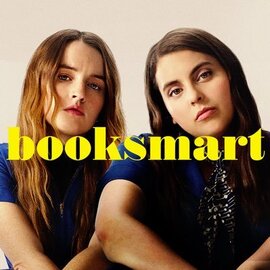 In the past year, there have been many films featuring LGBT+ characters, but their storylines revolve around conversion therapy, coming out, and relationships between an older woman and a younger woman. Booksmart represents a film that is not just an “LGBT+ film” but a film that includes complex and diverse characters. It’s not a film that’s only about being gay and the oppression of the LGBT+ community. It demonstrates great media representation of the LGBT+ community. It’s a realistic coming of age film that audiences of a variety of backgrounds can relate to. It’s about two best friends in high school that realize they haven’t experienced the cliché “high school experience” because they’ve focused on studying instead of partying, so they spend one night trying to go to a party and end up with their crushes. The main protagonists are both females that are complex and grow throughout the film. They’re also feminists. The side characters are diverse and complex. The film practices inclusion. This film doesn’t just offer great representation on screen, but also off screen. Most of the crew were females and from diverse backgrounds. Therefore, this film has changed the LGBT+ film industry and serves as a role model for future filmmakers. Several films that try to create LGBT+ characters do not represent the LGBT+ in a positive way. For instance, some characters in modern cinema that are queer are portrayed as villains, psychopaths, or cannot make up their mind between men or women. They usually end up dying, ending up alone, or going back to the “straight” life they once had. Booksmart breaks these negative stereotypes and storylines. The main protagonist, Amy, is queer but the storyline is not about her being queer. Her goal is to ask out her crush Ryan who’s a skateboarder. This is a typical Hollywood storyline no matter the sexual orientation of the characters. Amy does not come out to anyone in the film and it’s established that being gay is normal and accepted in this world director, Olivia Wilde creates. This is more realistic in high school today because being queer is becoming more accepted. Amy is a complex character who is confident in her sexuality, but it seems as if this is the first time she’s been with a girl. For example, in the end when Hope and Amy start to make out in the bathroom. The cinematography is composed of tight close-ups on each girl. Hope looks excited and fearless while Amy looks cautious. There is no music in the scene and long takes that add to the awkwardness of the scene. It represents the first time. It accurately represented it because it’s very awkward at first and most films don’t represent this authentically. 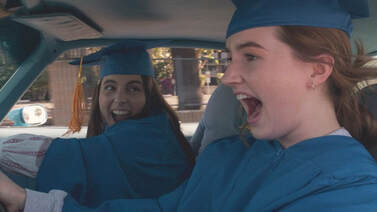 Booksmart offers an accurate depiction of high school that a variety of people can relate to. One can find themselves in each of the characters because they are complex. They’re not stereotypes. Sophia Mcdougall, writer for NewStatesmanAmerica, writes in her article, I hate Strong Female Characters, “I want a wealth of complex female protagonists who can be either strong or weak or both or neither because they are more than strength or weakness… I want to see women in as many and varied secondary and character roles as men: female sidekicks, mentors, comic relief, rivals, villains.” One of the protagonists, Molly, is very smart, a feminist, but has flaws in being very controlling over Amy’s life and being selfish. At the beginning of the film, the production designer chose to have pictures of Ruth Bader Ginsberg, Michelle Obama, and a feminist poster saying “We should all be feminists” in Molly’s room as she listens to affirmations. She discovers how controlling she is throughout the film and changes by letting Amy go to Africa alone. 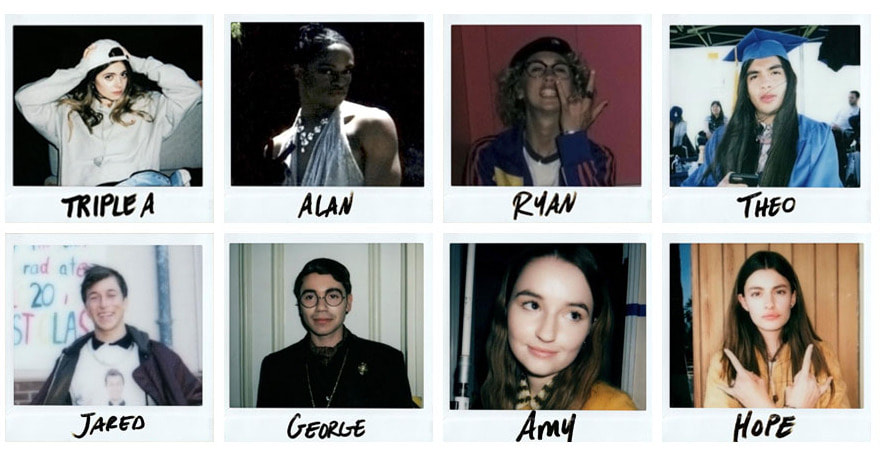 Amy’s flaws are she always listens to people instead of listening to herself but by the end, she decides to go to Africa and chooses to kiss Hope when in the beginning she had little confidence when flirting with girls. A scene that demonstrates that the female characters are both strong and weak are when they get in a fight at the party. There are reverse over-the-shoulder shots that reveal the character’s emotions. They are both vulnerable in this scene because they are both exposing harsh truths about one another. They later work on these flaws and develop as better people in the end. Gigi is the complex female sidekick who brings Amy and Molly on a crazy acid trip on Jared’s yacht. The other side characters are diverse and complex. Theo is Native American and struggles with getting girls which sometimes is not represented in Hollywood films. Miss Fine is a black female mentor that supports Amy and Molly’s dreams and rescues them by driving them to Nick’s party. She actually ends up hooking up with Theo which is complex because he’s a student and she’s a teacher. 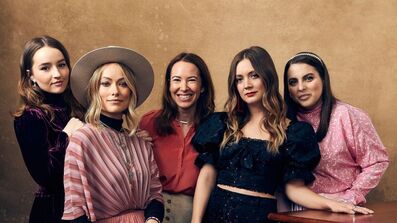 This film has diverse cast but also diverse crew that’s made of mostly females. This is director’s Olivia Wilde first feature. It was written by Katie Silberman. The producers were mostly female. The main editor was Jamie Gross. The production designer was Katie Byron. Anna Purna Pictures, the production company that distributed the film is run by a queer president and develops queer content for younger audiences. Olivia Wilde gave very important advice to filmmakers in an interview with Variety titled, Olivia Wilde: ‘You Have to Look Beyond Resume’ to Make Casts More Diverse, “In order for casts to become more diverse and representative –– the same goes for crew behind the camera –– you have to look beyond resume. You have to hire people based on their talent, their skills, their ideas, their passion. If we keep hiring based on resume, we will just continue this paradigm, and everything will be the same as it’s been. We have to break the mold, we have to change the way we hire people. Maybe you could be a little bit nervous to hire an actor who’s never been on a film set and has a pretty sizeable role, but I found that pretty exciting,”. Therefore, if people were hired based on their skills and passion instead of past work or just for capitalism the film industry would be more diverse. In conclusion, Booksmart is a realistic coming of age film that the queer community needed. The strong female characters are not just strong but also are vulnerable and weak. They are well rounded characters that change from beginning to end. The side characters are also female and diverse. It has a happy ending which most films featuring LGBT+ characters don’t have. The key department heads were led by females that hired other female crew members to be in top positions. It’s a feminist and queer film that expands to a variety of audiences. Booksmart will inspire future generations of filmmakers to hire more females to be a part of their crew, develop complex female characters, vulnerable male characters, and to write films that go beyond the cliché LGBT+ film tropes. comment below what you thought of booksmart!
1 Comment
|
AuthorBridget Johnson is the president and co-founder of Dare to Dream Productions. She writes and directs thought-provoking films that inspire others to follow their dreams. Archives
March 2021
Categories and authors
All
|
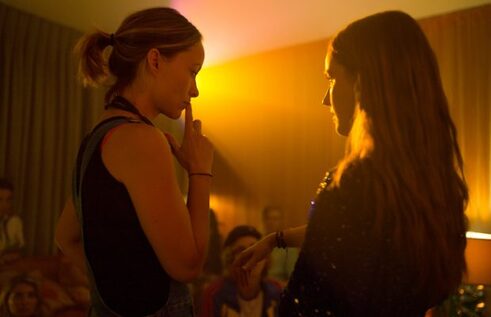
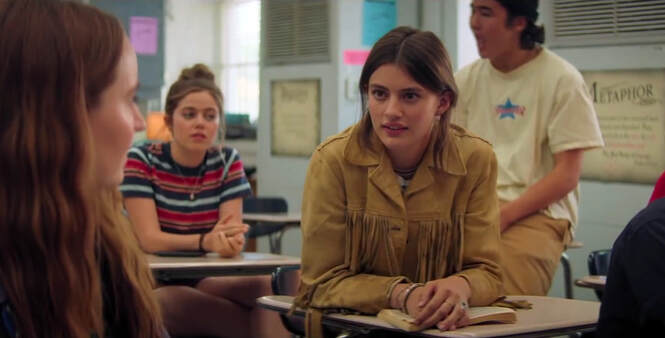
 RSS Feed
RSS Feed